Tag: #DataProcessing
-
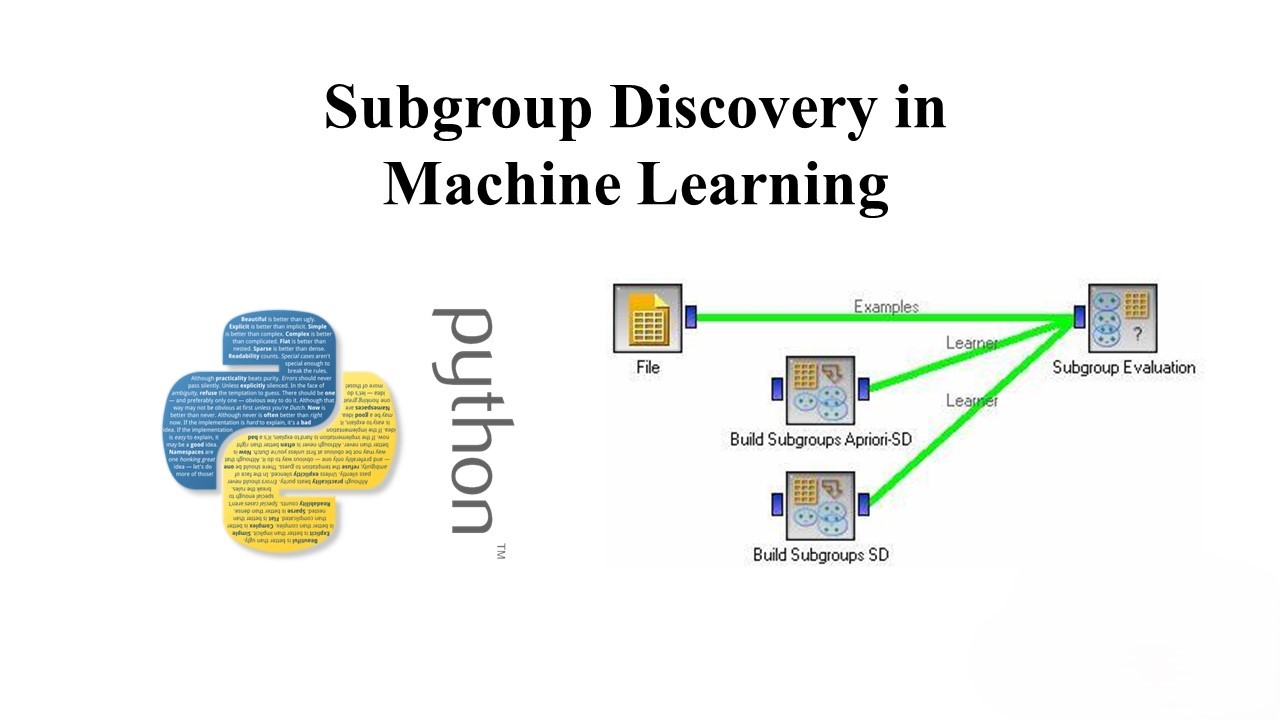
A Guide to Subgroup Discovery in Machine Learning
In the vast landscape of machine learning, uncovering hidden patterns in data is often the key to unlocking valuable insights. One powerful technique for achieving this is subgroup discovery, a method that focuses on identifying subsets of data that exhibit unique or interesting behavior. In this blog post, we’ll explore the concept of subgroup discovery…
-
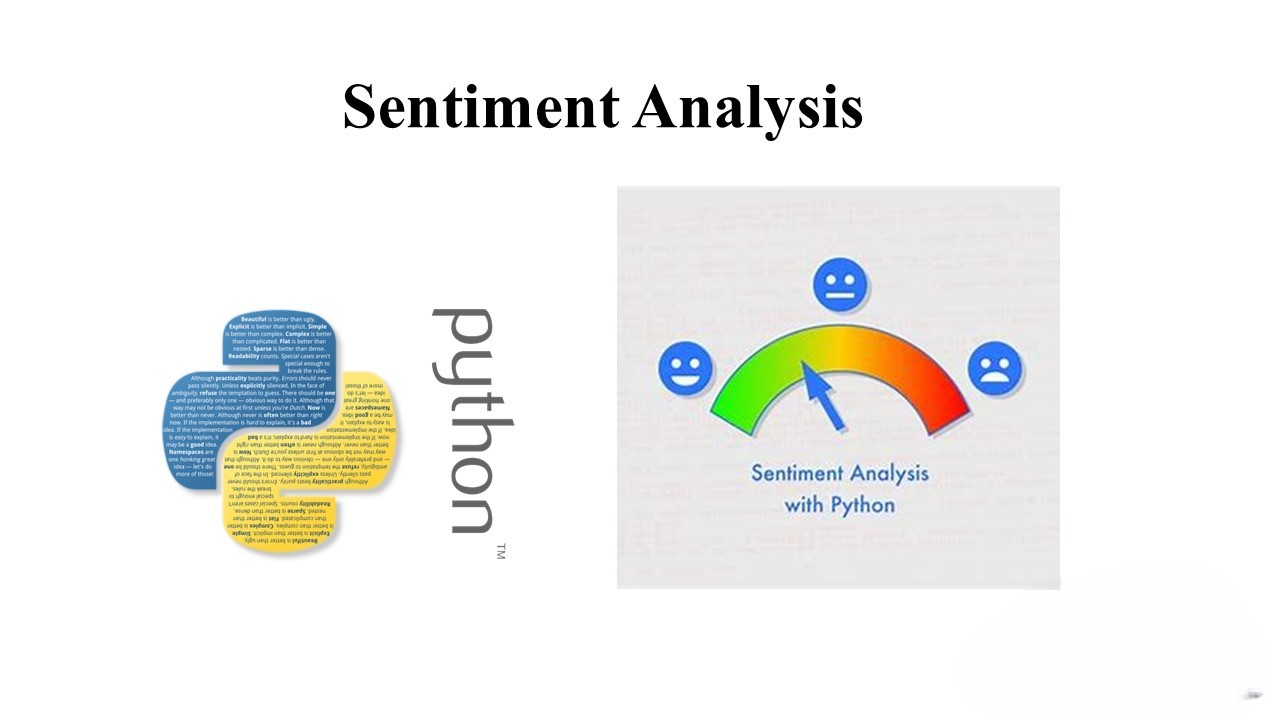
Sentiment Analysis: Unveiling the Power of Text Analysis
In the era of big data, understanding customer sentiment is crucial for businesses to make informed decisions. Sentiment analysis, also known as opinion mining, is a powerful technique that helps businesses extract valuable insights from text data. Whether it’s understanding customer feedback, monitoring social media chatter, or analyzing product reviews, sentiment analysis can provide invaluable…
-
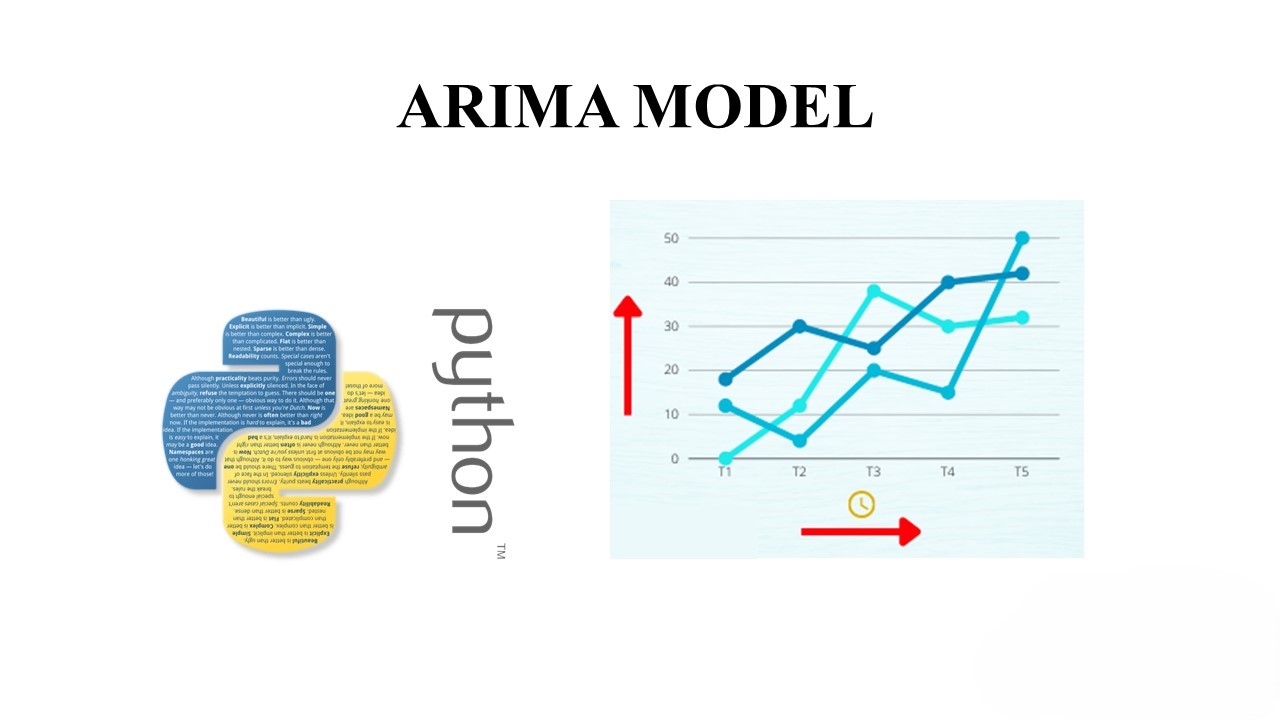
Exploring the Statistical Foundations of ARIMA Models
By Kishore Kumar K In the realm of time series analysis, ARIMA (AutoRegressive Integrated Moving Average) models stand out as a powerful tool for forecasting. Understanding the statistical concepts behind ARIMA can greatly enhance your ability to leverage this model effectively. AutoRegressive (AR) Component: The AR part of ARIMA signifies that the evolving variable of…
-

Data Preparation for Machine Learning
Data preparation is a crucial step in the machine learning pipeline. It involves cleaning, transforming, and organizing data to make it suitable for machine learning models. Proper data preparation ensures that the models can learn effectively from the data and make accurate predictions. Why is Data Preparation Important? Data preparation is essential for several reasons:…
-

Composite Estimators using Pipeline & FeatureUnions
In machine learning workflows, data often requires various preprocessing steps before it can be fed into a model. Composite estimators, such as Pipelines and FeatureUnions, provide a way to combine these preprocessing steps with the model training process. This blog post will explore the concepts of composite estimators and demonstrate their usage in scikit-learn (version…
-
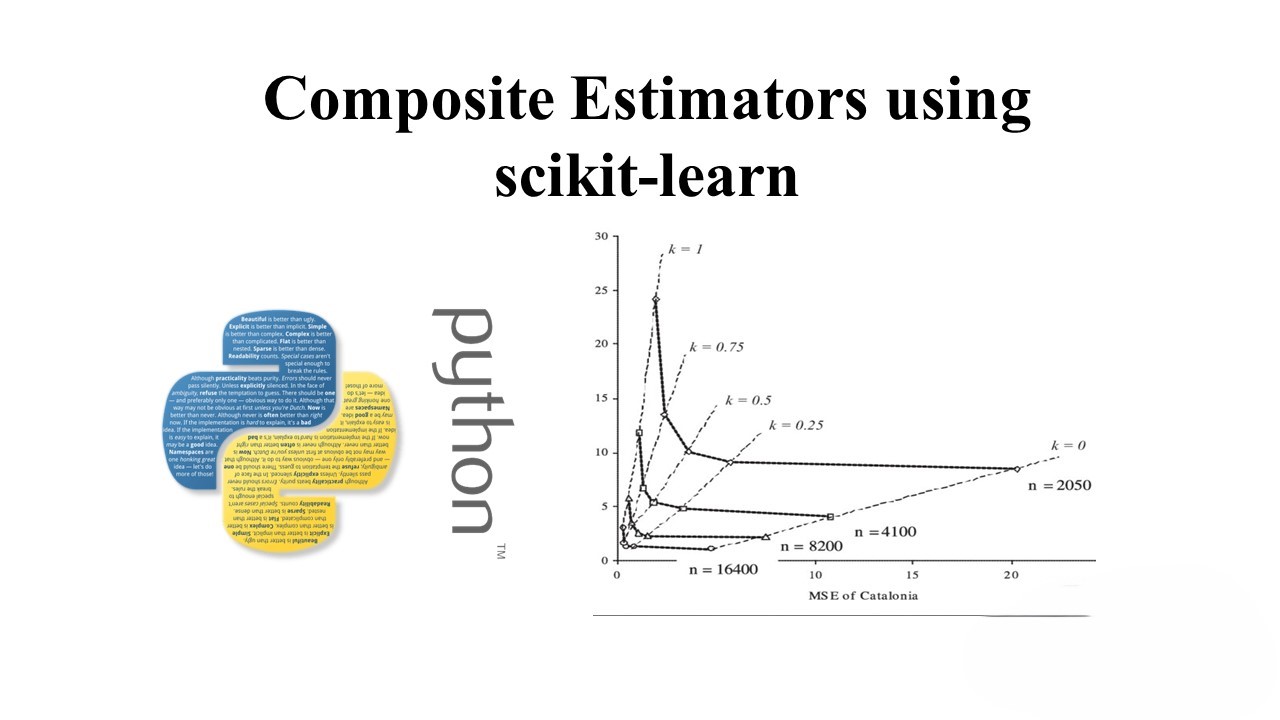
Composite Estimators using scikit-learn: A Comprehensive Guide
Agenda 1. Introduction to Composite Estimators Composite Estimators in scikit-learn involve connecting one or more transformers with estimators to create a comprehensive model. These composite transformers are implemented using the Pipeline class, while FeatureUnion is used to concatenate the output of transformers to create derived features. Pipelines enhance code reusability and modularity in machine learning…
-
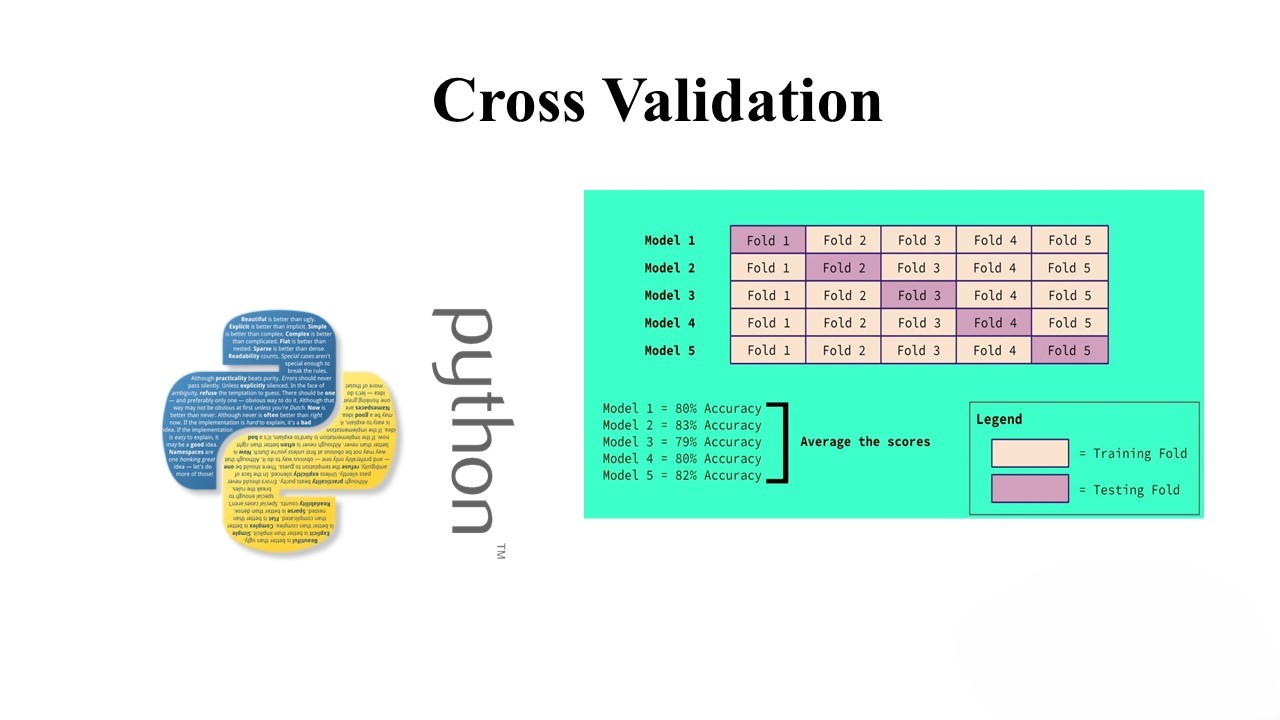
Understanding Model Selection with Cross Validation
Introduction: In machine learning, model selection plays a crucial role in creating models that generalize well to new, unseen data. One common approach to model selection is through cross-validation, a resampling method that helps estimate the performance of a model on different subsets of the dataset. This blog post will explore the concepts of cross-validation…
-
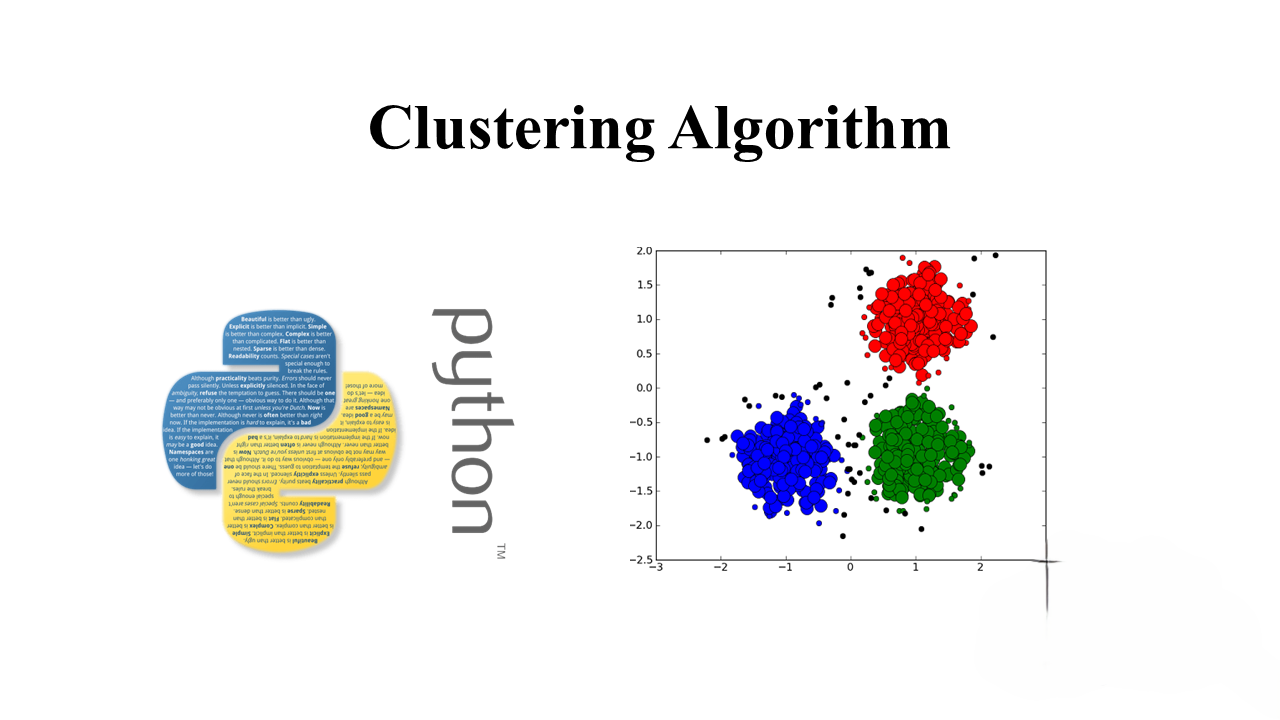
Unraveling Cluster Analysis: A Comprehensive Guide
Introduction to Unsupervised Learning Unsupervised learning is a fascinating domain in machine learning that involves drawing inferences from unlabeled datasets. Unlike supervised learning, where the model learns from labeled data, unsupervised learning explores relationships within data without predefined categories. One of the primary methods in unsupervised learning is clustering, which uncovers hidden patterns or groups…
-

Unraveling Text Classification: Traditional Approaches with Scikit-learn
Welcome to a journey into the world of text classification, where we’ll explore some traditional yet powerful approaches using Scikit-learn. While deep learning has taken center stage in Natural Language Processing (NLP), these classical methods remain quick and effective for training text classifiers. Our playground for this experiment is the 20 Newsgroups dataset, a classic…
-

Real-Time Hand Gesture Recognition with OpenCV
Welcome back to the second part of our Hand Gesture Recognition project. In this segment, we will integrate the trained Convolutional Neural Network (CNN) with the OpenCV library to create a real-time hand gesture recognition system. Let’s dive in! Setting Up the Environment Before we begin, ensure you have the required libraries installed. You can…
